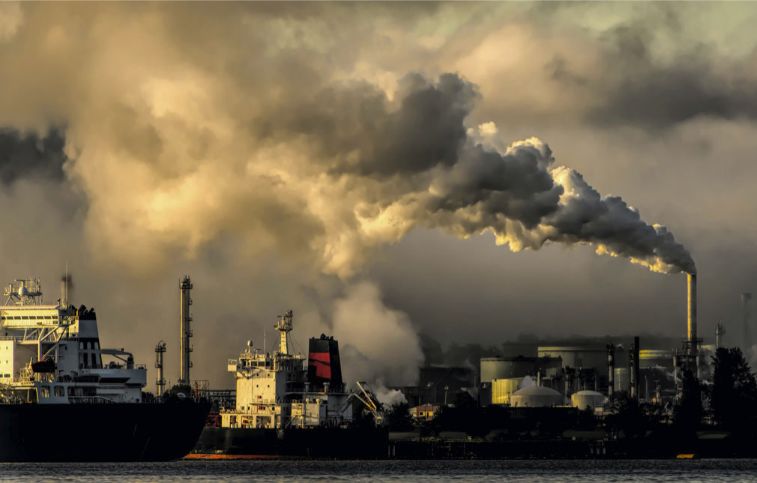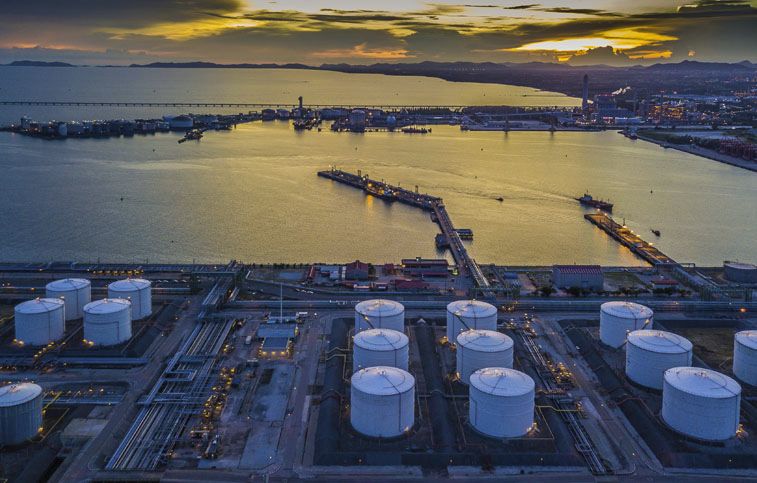The World Oil Outlook published by the Organization of the Petroleum Exporting Countries shows that global oil consumption will rise by 13 percent to reach 109.5 million barrels per day in 2035, after which consumption will remain at those levels for at least another decade.
On the eve of the COP27 climate talks in Egypt, the Secretary General of OPEC, Haitham Al Ghais, said that a break with fossil fuels is dangerous for a world that will continue to need energy.
The organization’s position has been partially validated over the past year because of countries’ inability to supply natural gas and other fuels as they struggle to keep up with the post-Covid resurgence due to having dedicated only small investments in the oil industry for several years.
The Russian invasion of Ukraine in February has made the transition to low-carbon fuels more difficult because countries are now forced to use more polluting fuels like petroleum products and coal instead of natural gas.
According to OPEC’s projections, the amount of oil in the global energy mix, which is currently at 31 percent, will only marginally decrease to 29 percent in 2045.
In contrast to OPEC, the head of the International Energy Agency (IEA), Fatih Birol, stated a few days ago that the world is rapidly approaching “a pivotal moment in energy history.” He made this statement because the demand for fossil fuels, which have supported the modern economy since the beginning of the industrial revolution, is nearing a point where it will continue to grow or decline.
“After the rapid growth in gas consumption over the past ten years, we think the golden age of gas is coming to an end,” Birol said in an interview. “Along with the decline in coal and oil that we already expected, we now see a peak around 2030 for all fossil fuels.”
The International Energy Agency (IEA) said in its most recent annual World Energy Outlook report that clean energy investments would increase by 50 percent by the end of the decade and total $2 trillion per year. This is more than double the amount currently invested annually in fossil fuels.
Nevertheless, the organization, set up after the Arab oil crisis of the 1970s to advise on energy security, said that green investment must go up even more quickly to reach a target of $4 trillion by the year 2030 if zero-emissions goals are to be met.
Even though the IEA expects global emissions to peak in 2025, these emissions will still be higher than the levels needed to keep the average temperature from increasing by more than 1.5 degrees Celsius, as called for by the Paris Climate Agreement from the year 2016.
According to the International Energy Agency (IEA), “the demand for fossil fuels is predicted to fall steadily from the mid-2020s to 2050, with an annual average roughly similar to the complete production of one large oil field.”












